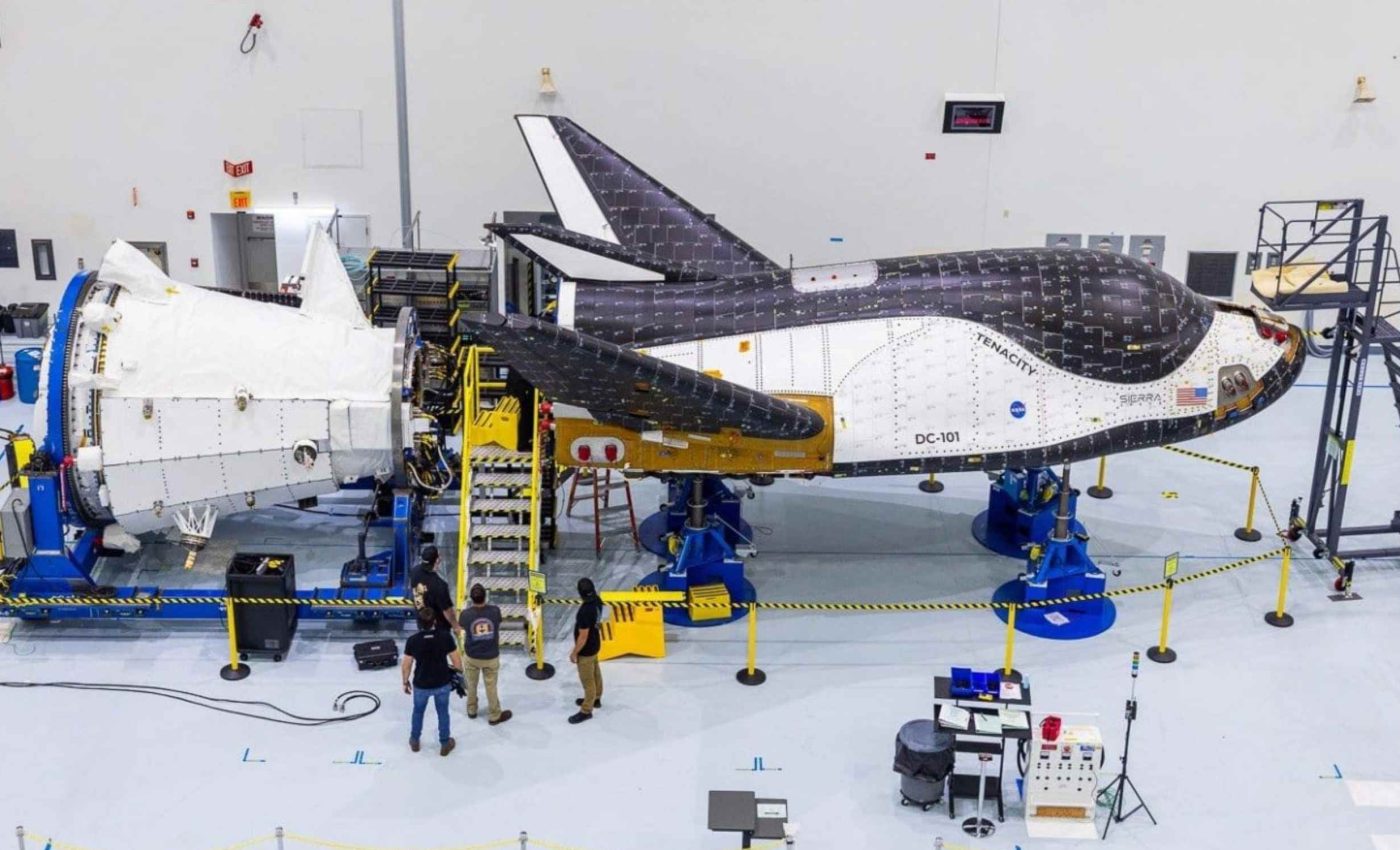
NASA's Dream Chaser 'mini shuttle' has a flight schedule change
Sierra Space’s Dream Chaser won’t be lining up for a space station rendezvous right out of the gate. Instead, the winged cargo vehicle will take a solo trip around Earth in 2026 – a shakedown flight meant to show that the spaceplane can survive orbit, run its systems under real conditions, and return safely on its own.
NASA and Sierra Space jointly made the call to give the program a cleaner, faster path to flight. One focused demonstration can trim risk and show what the spaceplane can really do.
What changes with the first flight
Sierra Space, based in Colorado, focuses on reusable spaceplanes and mission support for national security and civil customers.
The company formalized an agreement with NASA that pivots the debut to a free flight. The deal shifts certification steps without tying the mission to a docking schedule.
The first outing will be a free flyer, a spacecraft that orbits on its own without docking. That setup gives engineers freedom to run tests, rerun them if needed, and wrap sooner if the objectives are met.
A recent report described the company’s message as emphasizing Dream Chaser’s role in shaping the future of flexible and versatile space transportation.
NASA is no longer obligated to buy a fixed number of cargo flights under the original plan. The agency can still order Dream Chaser missions once the flight demo succeeds.
Reasons behind NASA’s move
The International Space Station (ISS) is slated for a controlled reentry in 2030, as NASA’s deorbit analysis explains. That ticking clock makes every certification milestone matter.
A solo shakedown removes the complexity of immediate station-approach rules. It also gives NASA data to judge future station work in Low Earth Orbit (LEO), the region about 100 to 1,200 miles up.
NASA’s cargo program known as Commercial Resupply Services 2, a long-term contract framework for buying space station deliveries from private companies, still stands. The modification simply opens a lane for a demonstration before any station runs under CRS 2.
If the demo meets its goals, NASA can slot in cargo runs as the calendar allows. That flexibility matters with retirement plans in view and schedules packed with other traffic.
What makes Dream Chaser different
Dream Chaser is a compact spaceplane shaped to generate lift. Its lifting body, a body shape that produces aerodynamic lift without traditional wings, helps it glide to a gentle touchdown.
After reentry, the vehicle will target a runway landing at Kennedy Space Center’s (KSC) launch and landing facility in Florida. That means a quick handoff to ground crews and fast access to sensitive cargo.
Runway returns also reduce splashdown logistics and long ocean trips. Shorter turnaround can tighten maintenance cycles and lower recurring costs.
The heat shield is designed for repeat duty across many missions. Its thermal protection system, the set of materials that keep the structure from overheating during reentry, will face a full workout on the demo.
Dream Chaser’s core systems on trial
A free mission lets teams focus on the spacecraft itself. Navigation, power, communications, and fault management can be stressed without station traffic in the loop.
Expect exercises that simulate approach and retreat logic at safe distances. That proves the guidance and rendezvous system, the controlled approach to another object in orbit, can behave as designed before any station visit later.
Engineers will also examine attitude control and propulsive maneuvers through each flight phase. That is how they refine margins for the next step in LEO.
Critically, the flight gives NASA an independent look at the vehicle’s performance. Clear data builds the case for adding it back into station traffic or sending it to commercial stations.
Next-generation station work
NASA plans to transition services in LEO to private stations. That shift aims to keep research, cargo, and crew activity going after the station’s retirement.
A runway-capable spaceplane can serve that future by delivering gear and returning experiments with tight timelines. Cooling sensitive samples in flight and handing them off within hours can change how labs design studies.
National security users also value a reusable platform that can fly on short notice. Rapid orbit access and precise returns to familiar runways are practical advantages.
For NASA, the demonstration is a down payment on that broader marketplace. If the numbers look good, Dream Chaser can become one of several workhorses in the next phase of LEO.
Shifting the mission model
A free flight avoids the domino effect that often comes with docking milestones. Shifting one piece no longer risks moving the whole chain.
The choice also aligns with the CRS 2 framework, which buys services instead of hardware. NASA can add orders only when the service is mature and ready.
Sierra Space, for its part, gets to prove a reusable vehicle with airline style operations. That is the claim at the heart of a spaceplane strategy.
If this demonstration delivers, the program turns a corner at the right time. The ISS chapter is closing, and a new one is waiting in LEO.
—–
Like what you read? Subscribe to our newsletter for engaging articles, exclusive content, and the latest updates.
Check us out on EarthSnap, a free app brought to you by Eric Ralls and Earth.com.
—–













